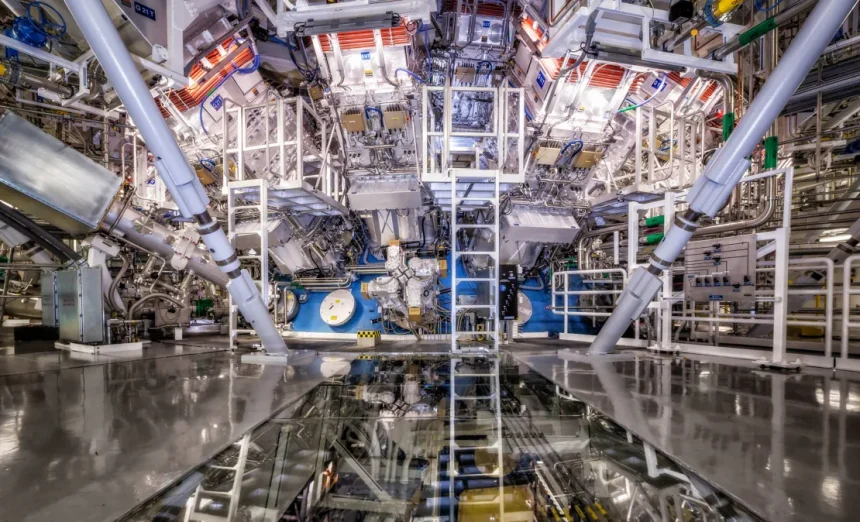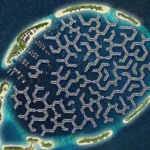Scientists in California fired nearly 200 lasers at a cylinder containing a fuel capsule the size of a peppercorn, taking another step toward fusion energy, which, if mastered, could provide the world with a near-limitless source of clean power.
Last year, on a December morning, scientists at the National Ignition Facility at the Lawrence Livermore National Laboratory in California (LLNL) managed, in a world-first, to produce a nuclear fusion reaction that released more energy than it used, in a process called “ignition.”
According to a December report from the LLNL, they now claim to have successfully replicated ignition at least three times this year. This is another significant step toward what could one day be a significant solution to the global climate crisis caused primarily by the use of fossil fuels.
Scientists have been attempting for decades to harness fusion energy, essentially recreating the power of the sun on Earth.
After making their historic net energy gain last year, the next important step was to prove the process could be replicated.
According to Brian Appelbe, a research fellow at Imperial College London’s Centre for Inertial Fusion Studies, the ability to replicate demonstrates the “robustness” of the process, demonstrating that it can be achieved even when conditions such as the laser or fuel pellet are varied.
Appelbe told CNN that each experiment allows him to study the physics of ignition in depth. “This provides scientists with valuable information for addressing the next challenge to be overcome: how to maximize the energy that can be obtained.”
Nuclear fusion, unlike nuclear fission, which is generated by the division of atoms, leaves no legacy of long-lived radioactive waste. As the climate crisis worsens and the urgency of abandoning planet-warming fossil fuels grows, the prospect of an abundant source of safe, clean energy is enticing.
Nuclear fusion, the reaction that powers the sun and other stars, involves smashing two or more atoms together to form a denser one, a process that releases huge amounts of energy.
There are different ways of creating energy from fusion, but at NIF, scientistAccording to one source, US scientists have made a long-awaited breakthrough in nuclear fusion.a diamond capsule the size of a peppercorn, itself inside a gold cylinder. The lasers heat up the cylinder’s outside, creating a series of very fast explosions and generating large amounts of energy. The lasers
The energy produced in December 2022 was small — it took around 2 megajoules to power the reaction, which released a total of 3.15 megajoules, enough to boil around 10 kettles of water. But it was sufficient to make it a successful ignition and to prove that laser fusion could create energy.
tles of water. ciHowever, it was sufficient to achieve a successful ignition and demonstrate that laser fusion could generate The scientists have done it several times since then. energyAccording to the report, on July 30, the NIF laser delivered slightly more than 2 megajoules to the target, yielding 3.88 megajou
less energy—their highest yield to date. produce fusioTwo subsequent experiments in October yielded net
ns as well”These results demonstrated NIF’s ability to consistently produce fusion energy at multi-megajoule levels,” according to the report. The focus now is on building on the progress made and figuring out how to dramatically scale up fusion projects and significantly bring down costs.
At the COP28 climate summit in Dubai, US climate envoy John Kerry launched an international engagement plan involving more than 30 countries with the aim of boosting nuclear fusion to help tackle the climate crisis.
“There is potential in fusion to revolutionize our world, to change all of the options that are in front of us, and to provide the world with abundant and clean energy without the harmful emissions of traditional energy sources,” Kerry told the climate gathering.
In December, the US Department of Energy announced a $42 million investment in a program bringing together multiple institutions, including LLNL, to establish “hubs” focused on advancing fusion.
“Harnessing fusion energy is one of the greatest scientific and technological challenges of the 21st century,” said US Secretary of Energy Jennifer Granholm in a statement. “We now have the confidence that it’s not only possible, but probable, that fusion energy can be a reality.”







